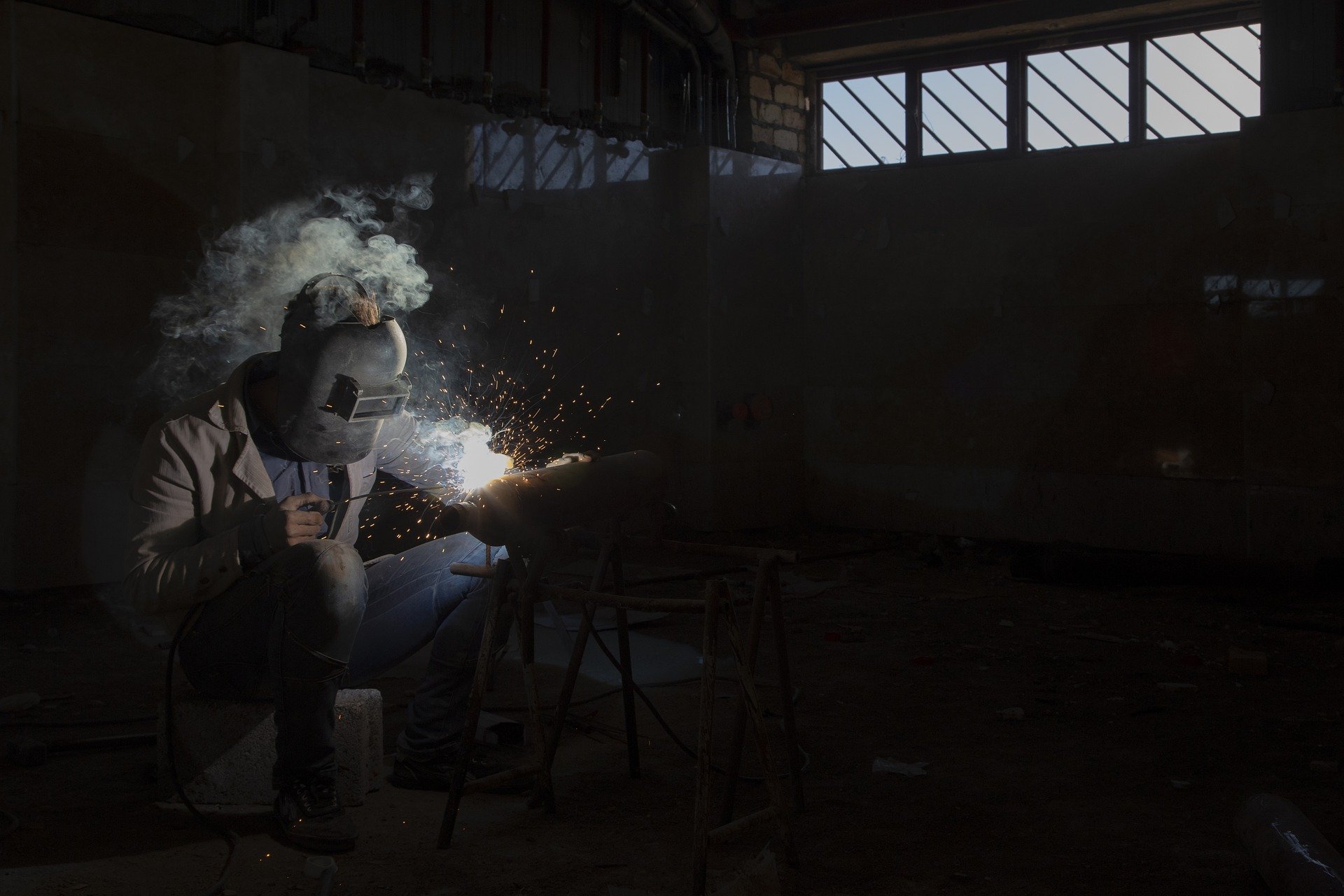Welding, a process of joining materials by fusion, has a rich history spanning millennia, evolving from rudimentary techniques to advanced technologies that shape industries today. This article explores the historical journey of welding techniques, highlighting pivotal advancements and their impact on various civilizations and industries.
Ancient Beginnings
Welding traces its origins to ancient civilizations, where early humans used primitive methods to forge tools and create simple metal objects. The discovery of copper smelting around 5000 BCE marked a significant milestone, laying the foundation for metalworking techniques that would evolve over centuries.
Early Metal Joining Techniques
In antiquity, metal joining involved techniques such as forge welding, where metals were heated and hammered together to form strong bonds. Egyptians and Greeks utilized forge welding to create weapons, armor, and decorative objects, showcasing early mastery of metallurgical arts.
The Renaissance and Industrial Revolution
The Renaissance period saw renewed interest in metallurgy and craftsmanship, leading to refinements in welding techniques. During the Industrial Revolution, advancements in metallurgy and engineering spurred innovations in welding, with the invention of the oxy-fuel welding and cutting processes in the late 19th century revolutionizing metal fabrication.
20th Century Innovations
The 20th century marked a transformative era for welding, driven by technological breakthroughs and industrial demands. The development of electric arc welding methods, including shielded metal arc welding (SMAW) and gas metal arc welding (GMAW), revolutionized manufacturing processes across sectors such as automotive, aerospace, and construction.
World War Contributions
Both World Wars accelerated the adoption of welding technologies for military applications. Welding played a critical role in shipbuilding, aircraft manufacturing, and infrastructure development, supporting wartime efforts and post-war reconstruction.
Advancements in Materials and Techniques
Post-World War II, advancements in materials science and engineering expanded welding capabilities. The introduction of inert gas shielding in welding processes, such as gas tungsten arc welding (GTAW), improved weld quality and facilitated the joining of reactive metals like titanium and stainless steel.
Automatisierung und Robotik
The latter half of the 20th century witnessed the integration of automation and robotics in welding. Automated welding systems enhanced productivity, consistency, and precision in manufacturing, paving the way for mass production and complex assembly tasks in automotive and electronics industries.
Modern Era and Beyond
In the 21st century, welding continues to evolve with advancements in laser welding, friction stir welding (FSW), and additive manufacturing. Laser welding offers precise control and minimal heat input, ideal for joining dissimilar materials and intricate components in aerospace and medical sectors. Additive manufacturing, or 3D printing, expands the possibilities of welding by enabling the fabrication of complex geometries and customized parts directly from digital designs.
Sustainability and Future Trends
The future of welding focuses on sustainable practices, including energy-efficient processes and recycling of welding materials. Emerging trends such as smart welding technologies and augmented reality (AR) applications in training and quality control promise to further transform the industry, ensuring safer, more efficient welding operations.
Schlussfolgerung
From ancient blacksmiths forging metals to contemporary robotic welding in advanced manufacturing, the history of welding exemplifies human ingenuity and technological progress. Each era has contributed unique innovations and techniques, shaping the world we live in today. As welding continues to evolve, driven by innovation and industrial needs, its role in shaping modern infrastructure, technology, and society remains indispensable.

